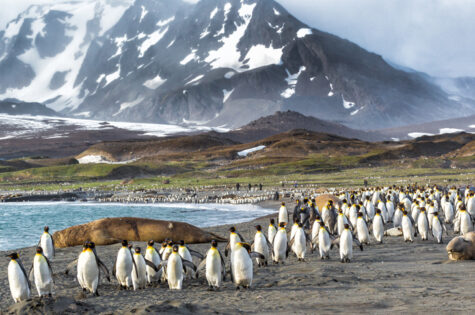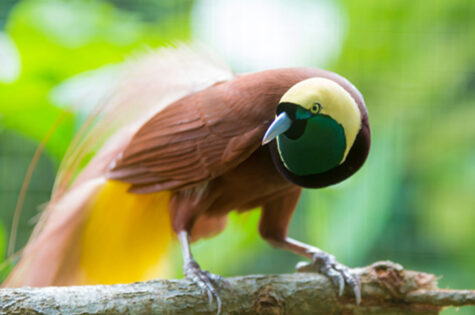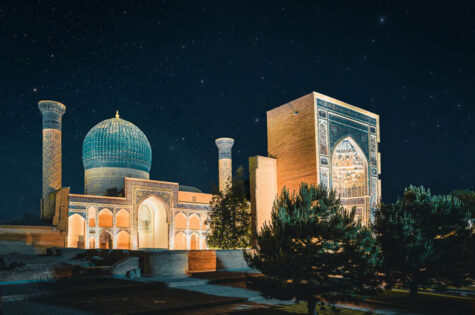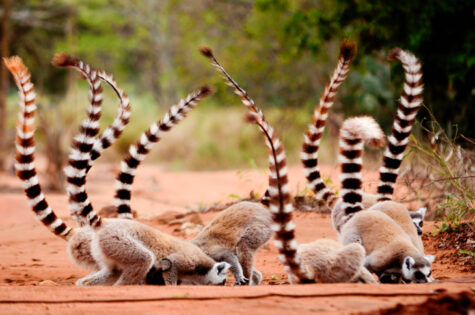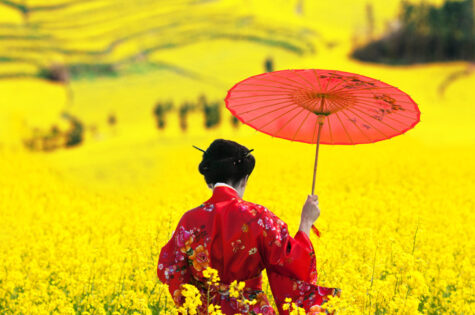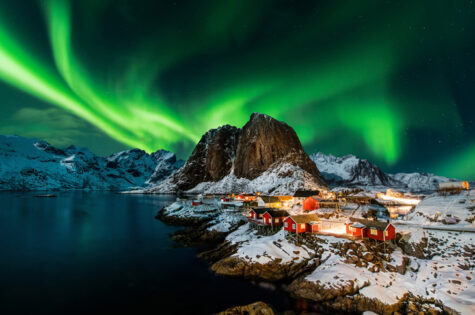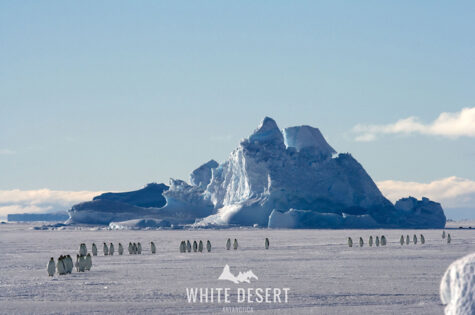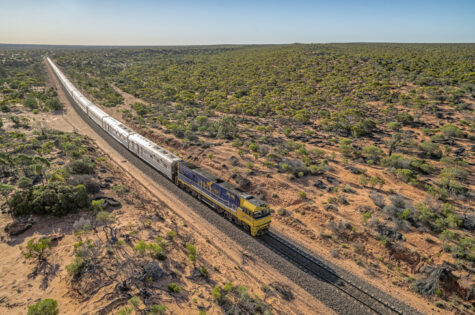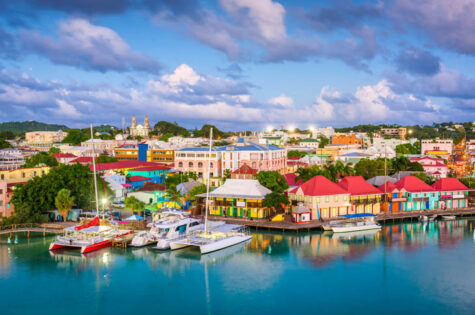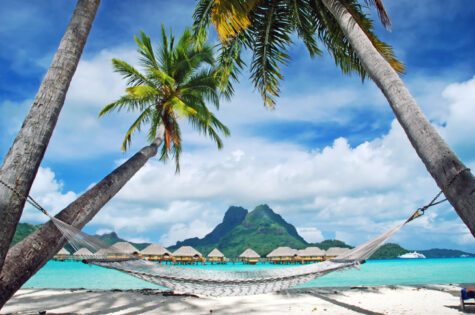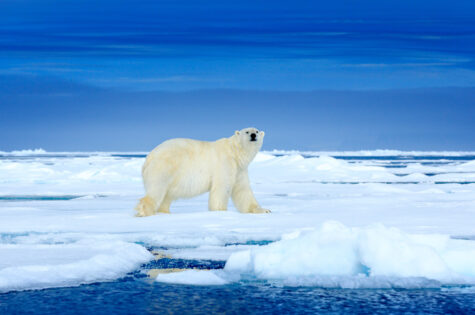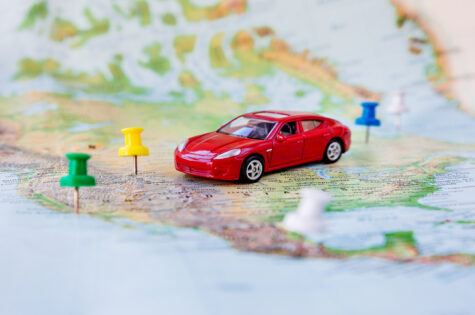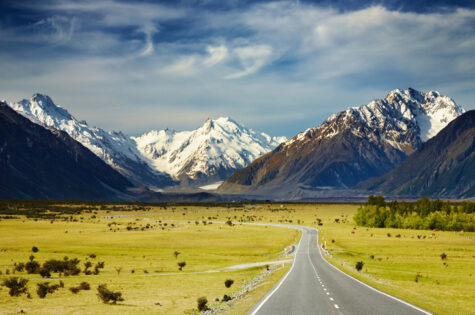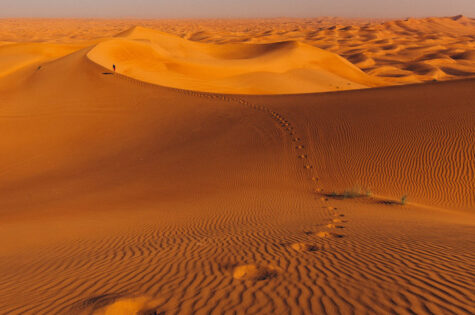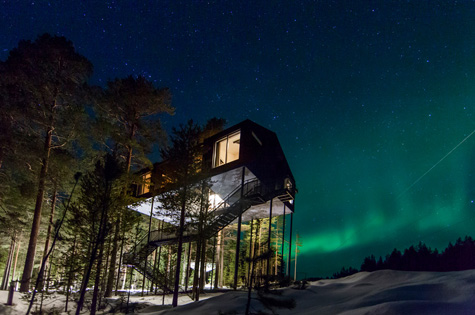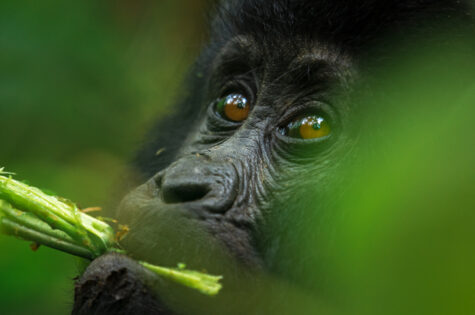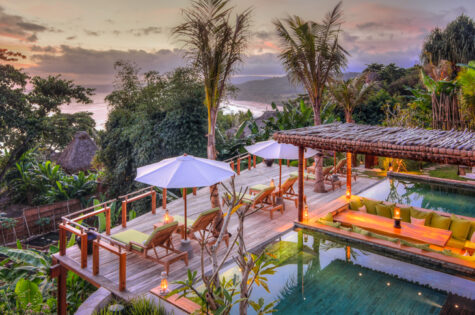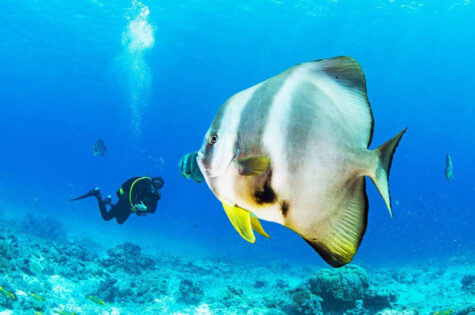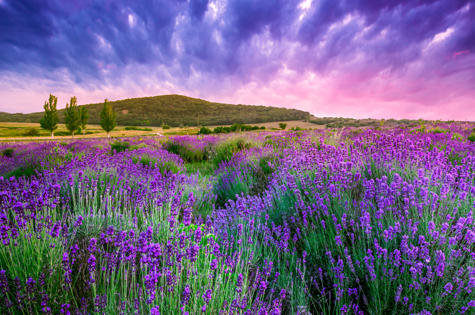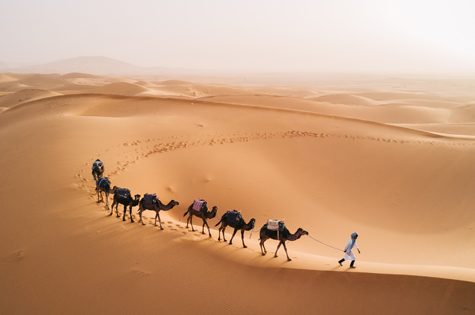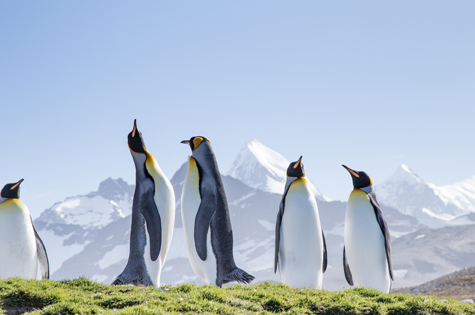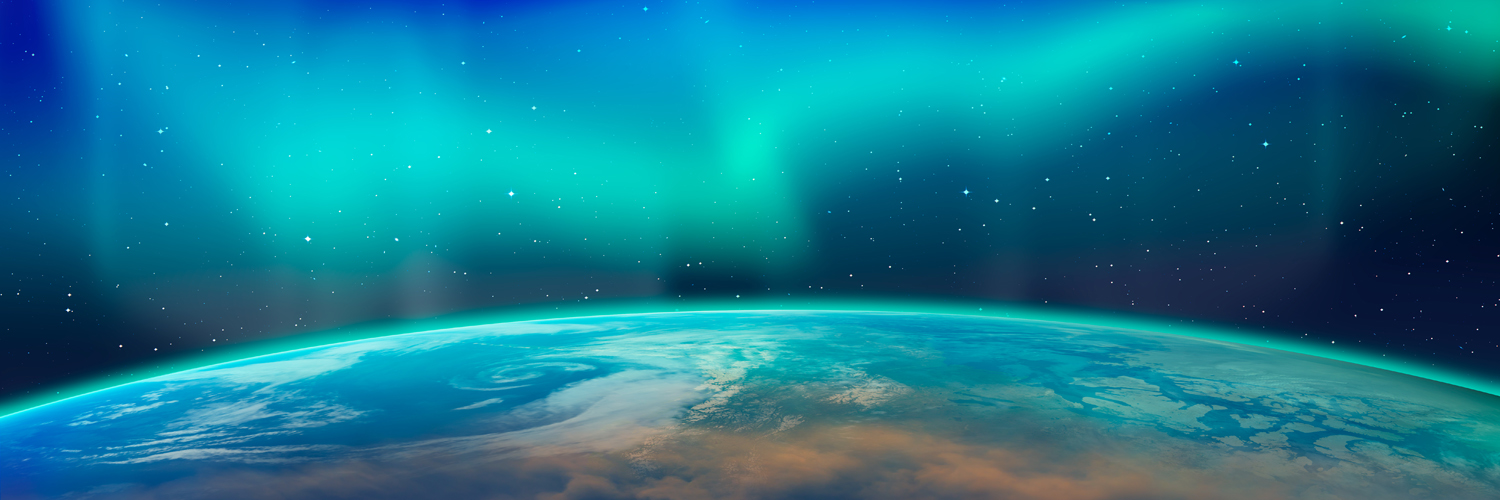
Trips of a Lifetime
A journey of a lifetime fulfils your greatest dreams, possibly spanning multiple countries and continents to take you on a global adventure. From the paradise shores of The Seychelles to the iconic Taj Mahal, the legendary Silk Road and the enchanting landscapes of Australia, your journey of a lifetime promises to be an unparalleled and transformative experience.
Read more
One of the most popular types of holiday for once in a lifetime holidays are honeymoons. Whether you want to sleep in a tree house, hike the Inca Trail, trek Mountain Gorillas or dive the Great Barrier Reef, many of our bucket list holidays are also dream honeymoons!
We also feature a huge range of unusual and unique places to stay, whether it’s living like a Red Indian in a teepee or staying with a remote tribe in the Amazon rainforest, push your comfort zone and experience something unique and memorable.
Great Railway Journeys are often high on must do adventures, crossing continents are epic adventures if you have the time. Take the Trans-Siberian across Russia, Mongolia and China or enjoy stunning scenery on a train across Canada from Niagara Falls to the Rocky Mountains and Vancouver. Luxury trains in India area also a very special experience. Take the Orient-Express to Venice to celebrate a special birthday in style!
Many people would love to do a Round the World Cruise – these often set sail in January from the UK and can take many months to travel the globe.
Where do you dream of going?
Africa
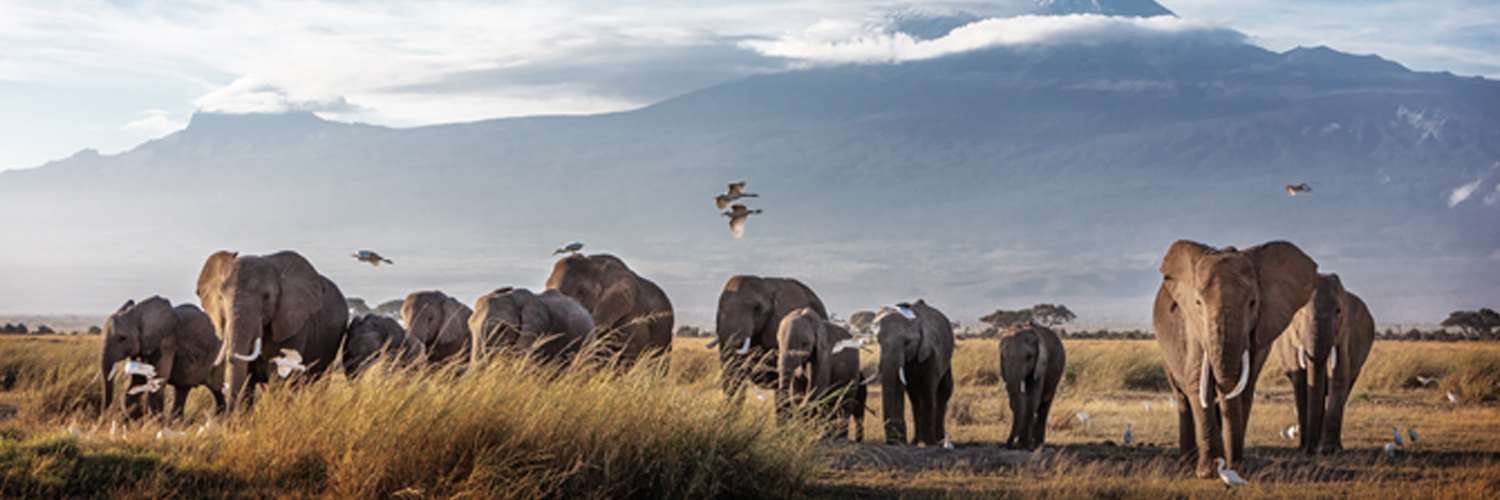
Trek Mountain Gorillas, or walk in the footsteps of elephants, an African safari is a trip of a lifetime!
Latin America
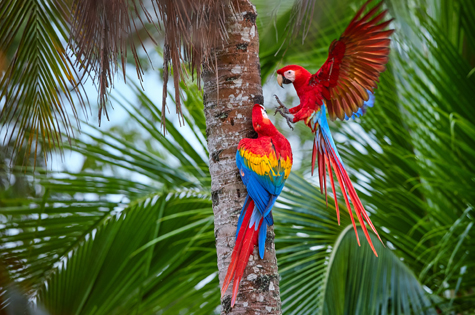
Experience vibrant cultures & stunning landscapes, from peaks of the high Andes to the glaciers of Patagonia.
Asia & Far East
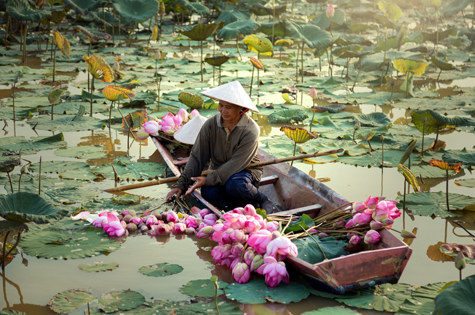
Asia is a cultural melting pot with unique experiences in a variety of landscapes & wildlife habitats.
Indian Ocean
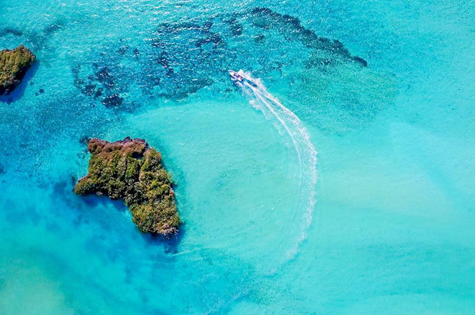
Experience ultimate relaxation and luxury on tropical paradise islands in the Indian Ocean with world class diving.
Australasia & South Pacific
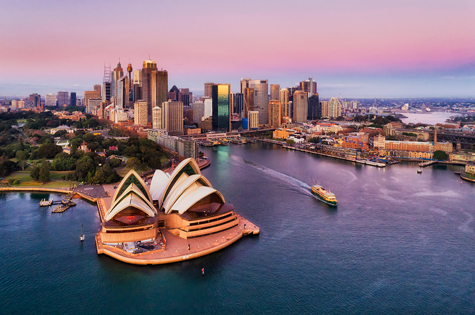
Journey to the other side of the world & explore Australia, New Zealand and the South Pacific Islands.
USA & Canada
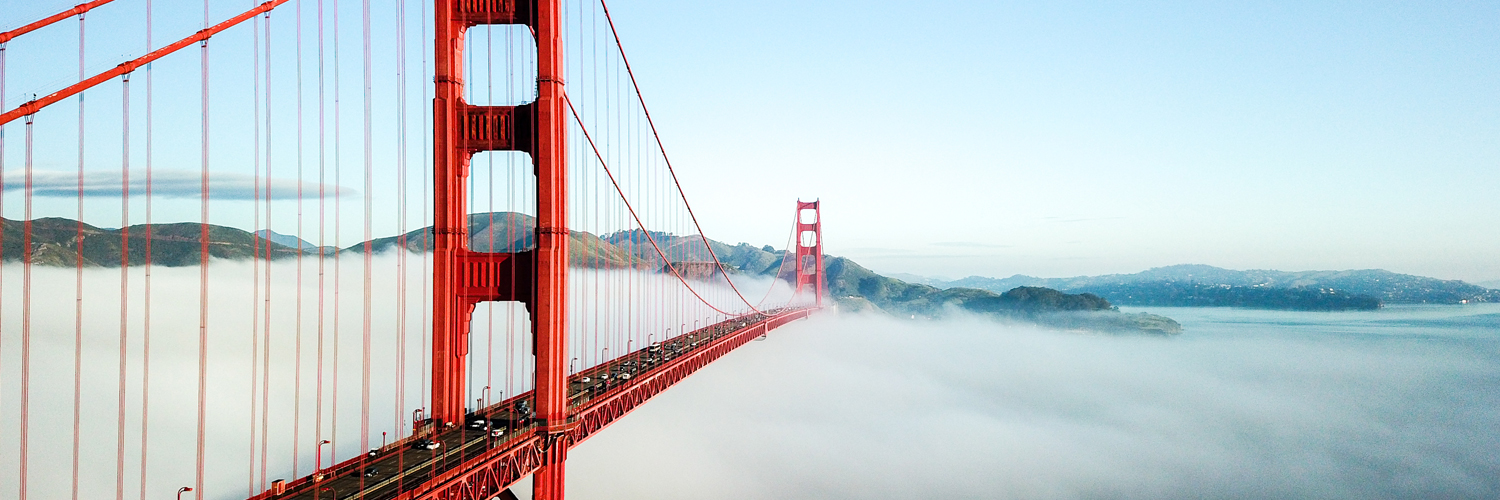
The diverse continent of North America is a land of contrasts stretching from the Arctic circle down to the Mexican border.
Caribbean
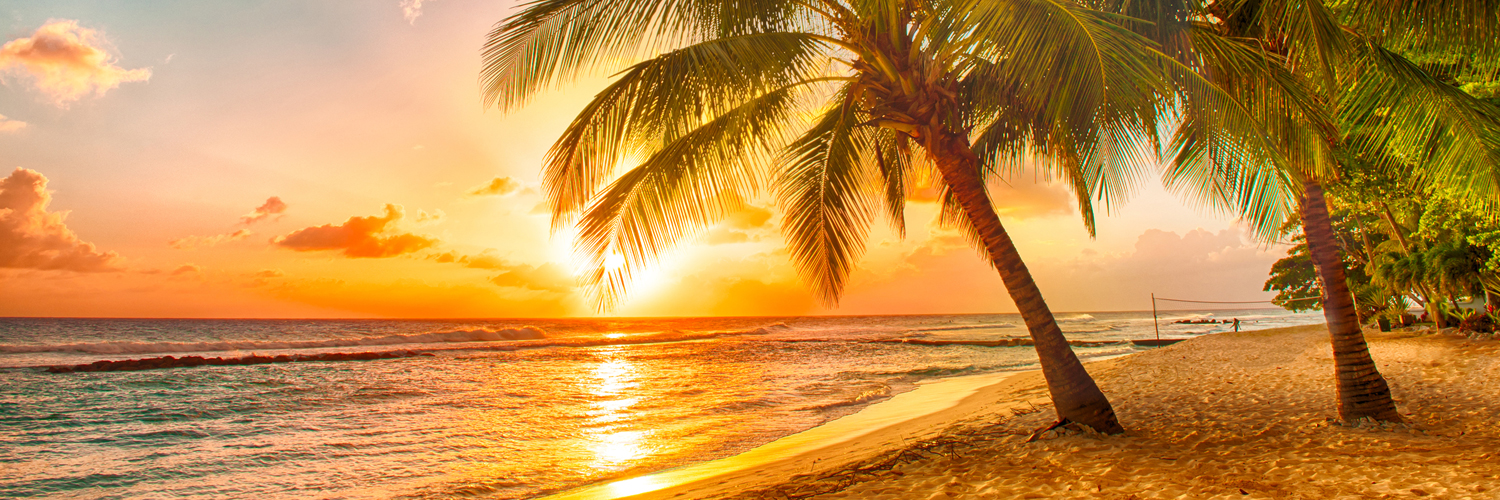
Tropical islands, pure white beaches, palm trees, luxury yachts, rum cocktails and a vibrant culture, the Caribbean is a firm favourite with many travellers.
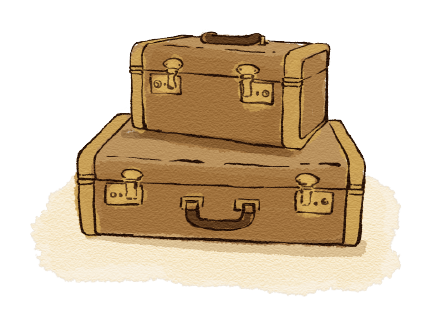
Let us begin the journey that will create memories to last a lifetime.
